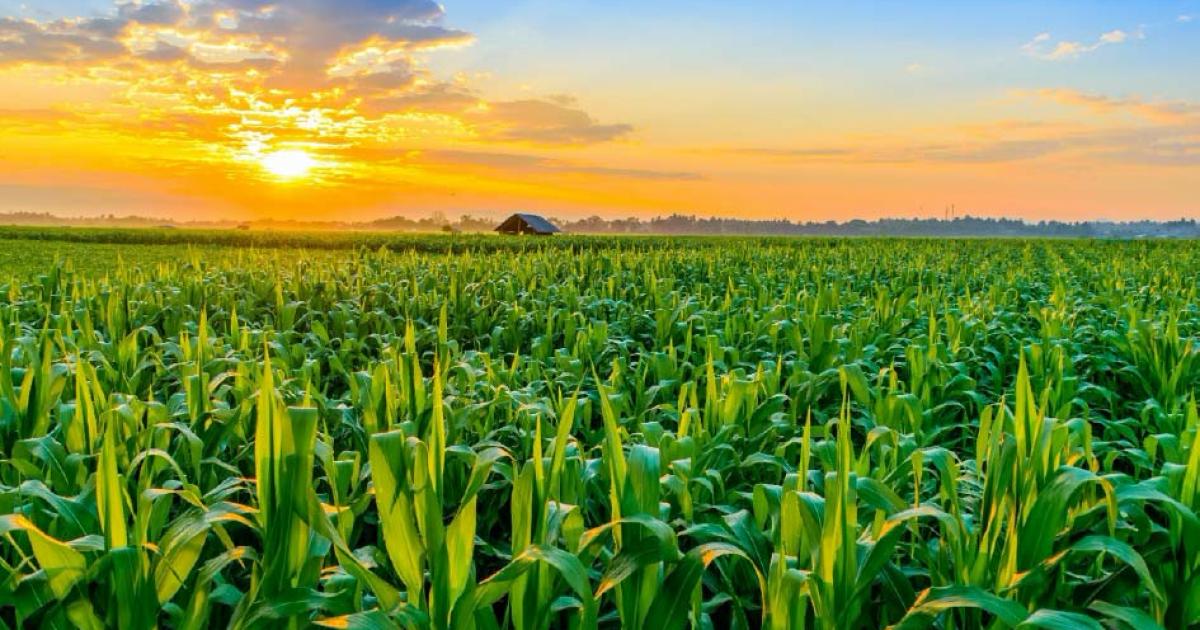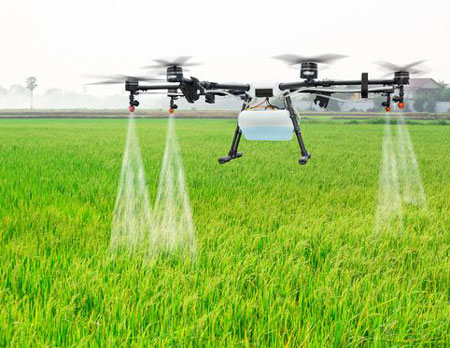Bacterial Leaf Streak (BLS), caused by Xanthomonas oryzae pv. oryzicola, is a destructive disease affecting paddy crops in both tropical and temperate climates. It compromises rice productivity and quality, making its management crucial. The disease thrives under warm temperatures (25°–34°C), high humidity (>70%), and conditions of strong winds or heavy rains. Below is an overview of the disease's symptoms, development, and contributing factors.
Symptoms
Early Signs:
- Small, water-soaked streaks appear between leaf veins.
- These streaks are initially dark green and translucent.
Progression:
- Streaks grow larger, merge, and turn light brown.
- Yellow-colored bacterial exudate appears as tiny beads on streak surfaces.
Advanced Stages:
- Leaves turn brown, then gray-white, and eventually die.
Pathogen Characteristics
Disease Development and Favorable Conditions
Climatic Factors:
- High temperatures (25°–34°C) and humidity (>70%) promote disease.
- Strong winds and heavy rains facilitate bacterial spread via ooze droplets.
Agricultural Practices:
- High nitrogen fertilization increases susceptibility.
- Presence of weeds and infected plant stubbles intensifies disease severity.
Survival of Pathogen:
- In temperate regions, the bacterium survives winter in rice stubbles and the rhizosphere of weeds (e.g., Leersia and Zizania).
Key Management Practices
Field Sanitation:
- Remove infected plant debris and control weeds.
Nutrient Management:
- Avoid excessive nitrogen fertilization.
Resistant Varieties:
- Use resistant or tolerant rice cultivars where available.
Cultural Practices:
- Promote proper drainage and minimize water stagnation.
By understanding the symptoms and factors contributing to bacterial leaf streak, farmers can adopt preventive measures and mitigate yield losses effectively.








